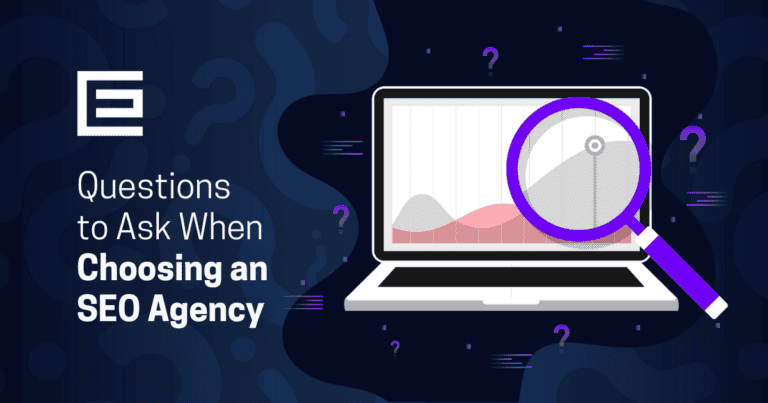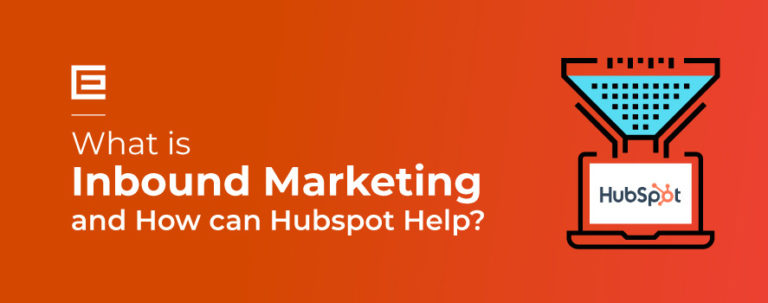Would you like to get more conversions on your website? Learn how to create effective content that accomplishes your goals with these 7 tips.
Let’s say you’ve been performing SEO for a while and you think you’re in a good place with all of that. You’ve spent a lot of time researching your keywords, creating meta titles and descriptions for the search engines. And, as a result of your hard work, your rankings are improving.
Yet, your numbers for converting the traffic to customers aren’t what you want. Getting customers to your website is one thing, and keeping them long enough to convert them to buyers and, further, to raving fans is another.
So, what is the answer? How can you get more conversions?
It’s simple. You need original engaging content that persuades your audience. In other words, you need to optimize your content with a focus on conversions.
Why is conversion rate optimization important?
Conversion rate optimization allows you to lower your customer acquisition costs by getting more value from the visitors and users you already have. By increasing your conversion rate, you can increase your revenue per visitor, acquire more customers, and grow your business.
It’s simple, really. But, you need original, engaging content that moves your audience from just reading to actually performing an action. And, this can be challenging.
Hubspot Research found, in a survey of thousands of content marketing decision makers, that 79% of those surveyed believed that the use of content marketing was either very or quite effective. However, only 6% were definitely sure how to implement content marketing.
So, how do you write the kind of content that converts visitors into purchasers and, ultimately, into raving fans?
There are simple techniques for writing content that are proven to work. Simple yes, but it may not be easy.
Don’t panic…we are here to help!
We have 7 tips for optimizing content that generates more conversions and directly impacts your business in a positive way. If you incorporate these techniques in your content and are consistent, we are confident that you will increase your conversions over time.

Tip #1: Know Your Audience
Knowing your audience is the basis of creating content that converts. In order to write content that effectively engages and motivates, you need to start with knowledge about the customer.
You know your customer better than anyone, right? OK, be that as it may, you need to step into your customer’s shoes and do some in depth analysis of their motivations and behavior.
What do you really need to know about your audience? We suggest that you start with
- their needs,
- their desires and wants, and
- their level of awareness for what you are offering
The advertising and copywriting genius Gene Schwartz, in his best-selling book “Breakthrough Advertising,” talks about customer awareness as being in 5 distinct phases:
- Most Aware
- Product-Aware
- Solution-Aware
- Problem-Aware
- Completely Unaware
source: Sproutmarketer
The awareness levels of your visitors tell you whether you need content that addresses people who know a lot about 1) the product, 2) your product, 3) the problem, 4) the solution, or 5) know nothing at all.
You may find that your readers are in a variety of these phases. Once you understand their awareness levels, you can write directly to them.
Tip #2: Solve Their Problems, Don’t Simply Sell
In defining your customer, there are two things you need to know. First, do they know they have a problem? And, secondly, do they know what the problem is?
If you can make them see that they have a problem and address what the problem is, you can increase your conversion rate. These problems and solutions should be the focus of the content—not selling them. Your focus is solving their problems.
Tip #3: Create Attention-Grabbing Headlines
According to David Ogilvy, the renowned advertising tycoon, “Five times as many people read the headline as read the body copy.” That’s how important the headline is. Given the extremely short attention span of the typical website visitor, you must create an impact quickly.
Be straightforward. Your headline represents the main gist of the content. In other words, the headline needs to tell the reader what the content is about. Be straightforward in the headline so there is no guessing what the reader is going to get.
Use numbers. Outbrain’s analysis of 150,000 headlines revealed that those headlines with numbers performed better than those without. (And, interestingly, those headlines with odd numbers received 20% higher click-through rates than headlines with even numbers.)
Ask a question. It has been shown that questions can dramatically increase the click-through rate. Why? It’s because the reader has a question in mind that he/she wants the answer for. That is why they are reading the content. In your content, if you ask a pertinent question and then answer it, you add value and this leads to conversions.
Tip #4: Organize Copy in a Coherent Way That Is Easy to Read
Your reader needs to be able to scan content quickly, so you need copy that is coherent and easy to read.
- Start out with the main idea to get attention, and then progress to the specifics that reinforce the idea.
- Use organization styles to break up your content such as main headings, subheadings, lists, and use bold and italics to emphasize.
- Link ideas together with transition words like moreover, in addition to, but, then, etc.
- Write using less jargon and more general terms.
- Write directly to the reader, one-on-one, using you instead of 3rd person he, she, or the customer.
- Stay in the present tense and use the active voice.
- Use graphics, charts, and images to reinforce ideas and specifics.
Tip #5: Express Features as Benefits
Capturing the wants behind the reasons your customers can benefit from your product/service is critical because this connects those wants to the benefits. The benefit to the reader is what speaks to and solves their problem. This will make your content better meet their needs and wants in a way that gives them the confidence to take that next step and try your products/services.
First, take a feature of your product/service and then add the words “so you can…” after it. Be creative in explaining the benefit by using tangible, descriptive words. Here you see how the stronger benefit paints a picture:
Weak: “The ABC sales system is easy to learn.”
Powerful: “With ABC, you can literally be making more sales tomorrow.”
Weak: “Our training program is short and concise.”
Powerful: “Our training program quickly gives you the tools you need so you can get started fast and be successful.”
Tip #6: Write Strong Calls To Action
Content that converts visitors must have powerful and compelling CTAs because that is the end goal—getting the reader to act. Be intentional in soliciting the reader’s action. The action can be to complete a survey, sign up for a newsletter, contact, or make a purchase. But whatever the goal is, you must have a CTA for it in the content.
These are the ingredients for a good CTA:
- Be direct, straightforward
- Be persuasive, powerful
- Use action verbs
- Speak directly to the reader
- Inspire and motivate
Tip #7: Establish Your Company as an Expert
By presenting yourself as an authority, you provide value and build confidence.
Provide original research
Do research to find facts, figures, and specifics that relate to your topic. This type of information provides education and strengthens the reader’s understanding and knowledge of your business. Your prospects and customers will become raving fans.
Include how to use the product or service
Provide instructions and/or directions on the use of your products/services. Showing how-to information is invaluable when presenting your company as an expert. The reader appreciates the service, which leads to conversions.
Show trends that the product or service participates in
When you include trends that are applicable to your product/service, you continue to build confidence and trust, as well as show website visitors how they can participate by purchasing your product.
Cite other authorities
Including citations, quotes, statistics, and data points from a recognized authority adds to the reader’s perception of you as an expert. Robert Cialdini, the author of “Influence: The Psychology of Persuasion,” says “authority is one of the six key principles of persuasion.” Find people of influence and authority to add substance to your ideas and establish a high level expertise.
When you integrate these 7 tips into the content you create, you see your conversion rates start to increase. Be consistent and you will have positive results.
Reach out to TheeDigital to Improve your SEO
Need help developing content that converts? Contact TheeDigital’s Raleigh internet marketing experts at 919-341-8901 or schedule a consultation.






